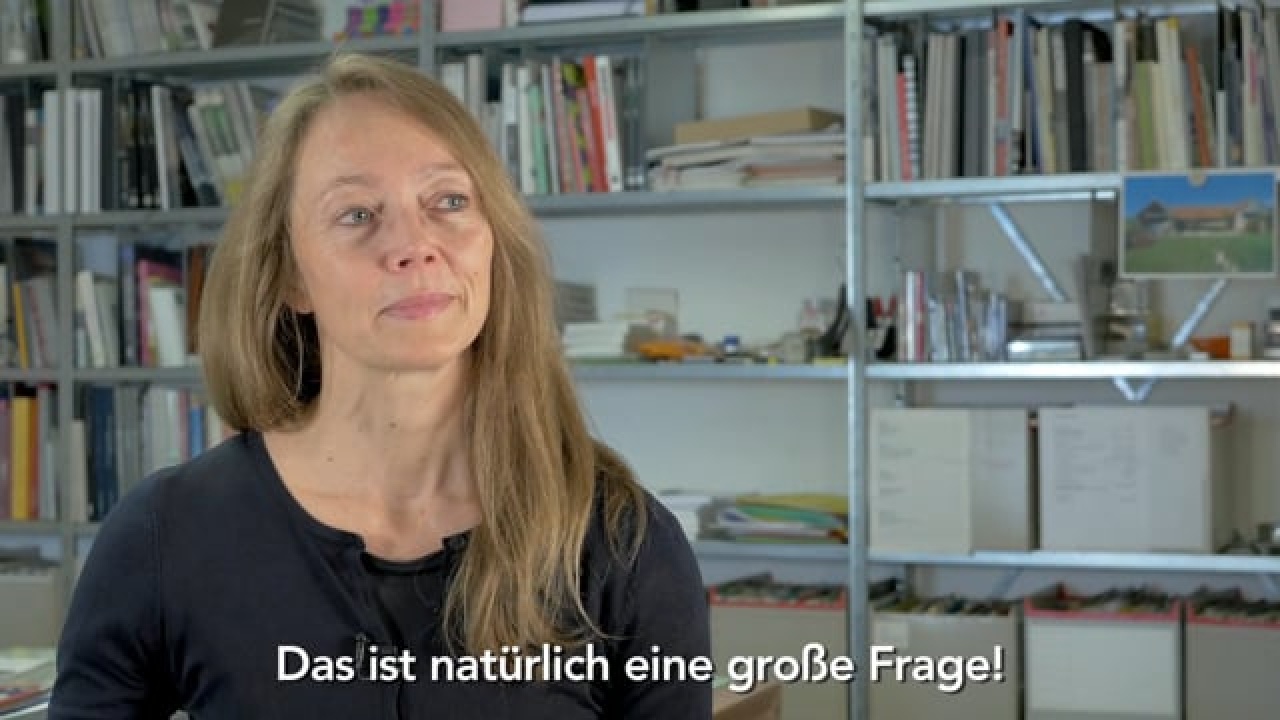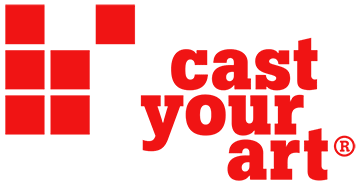Inci Eviner - Art Sets Our Consciousness in Motion
It is almost impossible to breathe and move within the linguistical system in which we are embedded. Art brings new movement into our consciousness. An artist portrait ofInci Eviner.
Inci Eviner, born 1956 in Polatli, to the southwest of Ankara, completed her artistic education at the national academy of fine arts and the Mimar Sinan University. Inci Eviner’s international career took off in the mid-1990ies. In individual exhibitions and during residencies her work was displayed in Paris, New York, Rotterdam, Bellagio and Tokyo, by reputed galleries and institutions, furthermore she participated in numerous group exhibitions around the globe. Currently the artist resides and works in Istanbul, where she holds a professorship for combined art at the Yildiz University.
Inci Eviner uses varied techniques. Watercolor painting, charcoal and Indian ink drawings, photography and collage predominate in her early work, at a later stage she also worked with acrylic painting, digital printing and video animation. The drawings, paintings, prints and animations are works of art in their own right; nevertheless in some exhibitions the artist uses them as elements adding up to a new, larger piece. In the process, entire walls become one single picture, the advantage of the wall being that they do not have a frame forcing the artist to limit the image. As the artist says, the images should in fact go beyond and outwards, like a virus spreading and transmitting the work into everyday life, infecting it with her art.
The principal topic of her works is the middle-class woman and the imagery which takes this woman as its subject matter. What it means to be a woman, which duties she is assigned, what constitutes her beauty and which gestures are appropriate, what makes her desirable, in which context or way of life her peers are regarded; such and other information is conveyed by the imagery flooding our existence nowadays through media. The assumption of the artist is that this torrent of images makes it very difficult, if not impossible for us to develop images of our own, or to dissociate ourselves from strong images.
Images hold the power of representation. We live them, through us they are put to practice, not only pictures from the news, commercials, music clips or the internet but also the ones generated in the course of art history. They are literally pre-sented to the individual and exist as representations, even before the individual starts conceptualizing itself. Representative and collective images depict the possibilities of being (a woman). At the same time they limit and establish, they determine the concepts and desires that allow the individual to comprehend him(her-)self. “It is possible for a woman being at the center of ideological rhetoric and the social structure to position herself as a subject?” asks Inci Eviner. “I believe in the necessity to transgress the limits of representation and to undermine iconography and myth”. It is therefore the agenda of the artist to disclose how we enact the social roles we absorbed unconsciously, and to search for an imagery of her own. In the light of this orientation we can regard her work as political as well as feminist.
In her video animation „Harem“ of 2009, Inci Eviner makes use of an etching by the artist Anton Ignaz Melling who came to Istanbul on the invitation of the Sultan Selim III in the early 19th century, and then stayed for nearly twenty years. Melling produced a matter-of-factly, seemingly scientific depiction of the harem, abstaining from any imaginative speculations. Precisely this presented a challenge for her, because the harem was off limits for men, consequently even Melling’s picture is owed to his own or somebody else’s imagination.
Melling’s portrayal is the illustration of a collective imagination, stored in memory and transmitted, even rationalized through his art. Into Melling’s interpretation of a world of women, the artist introduces animated images of women and lets them gesticulate. The women play, says the artist. They enact gestures, some of them originating in real life, others in art history, some are joyful, some painful.
The gestures performed by the women are not part of a plot but are rather gestures taken out of context and transposed into a new environment, the imagery of the harem. The dissociation from a concrete sequence of action and the insertion of a de-individualized partial movement into a different context which is already constituted historically renders the role which seemed normal within its original context absurd all of a sudden. Absurdity makes attentive.
Absurdity discharges the assumptions of a normality that was inoffensive and provokes thought. The fact that the gestures depicted by Inci Eviner are fragments demonstrates that it is not about an individual occurrence but about paradigms of acting, roles, ways of life for a woman, of a collective nature. Strictly speaking, the statuses of women within social contexts are revealed by being identified as patterns. In her art, Inci Evciner consistently approximates the ornament, in which the positioning of particular objects – hands, heads, things, gestures – produce a new image and the possibility of acting differently takes shape.
Even if Inci Eviner seeks to disembed herself from the conventional imagery of everyday life, her pictures do not highlight the self-perception of a woman being the artist herself, as is the case with Frida Kahlo for example, but they operate with the corpus of femininity (or of the outsider), be it as a social, cultural, historical or political one. “I want to discover women within all their representations and at the end of my work there has to be new space for alternatives”, says the artist in the interview.
In order to achieve her artistic goal she starts with sketches. She just draws in her sketchbook and does not proceed consciously. An outline being drawn is totally abstract and eventually mutates into something unknown to her at the outset; only in a second more distant stage of work it can be read by her and matures into an idea.
As Inci Eviner says, a fresh start is what she needs for the work of producing pictures, because she herself is full of images and it is very difficult to generate an image of her own. She has to learn to avoid and bypass the commonplace images stored within her, therefore the lines in her sketchbook with which she begins her work are very helpful. For her, drawing, she says, is something very much alive, something necessary, like opening the windows – thus with a few words she not only characterized the beginning but also the origin of her art. (wh/ca)
Das könnte Sie auch interessieren
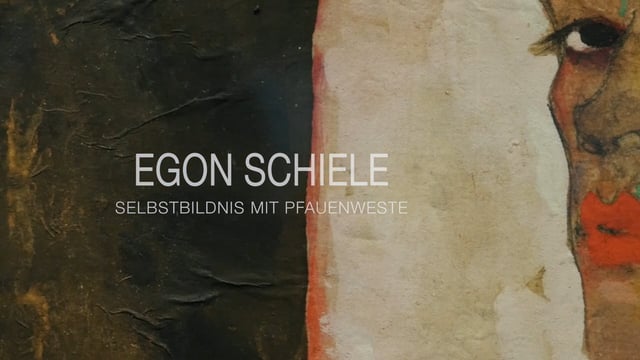
Egon Schiele - Selfportrait with Peacock Waistcoat
9. May 2017
ANNELIESE SCHRENK. Scale & Skin
19. May 2025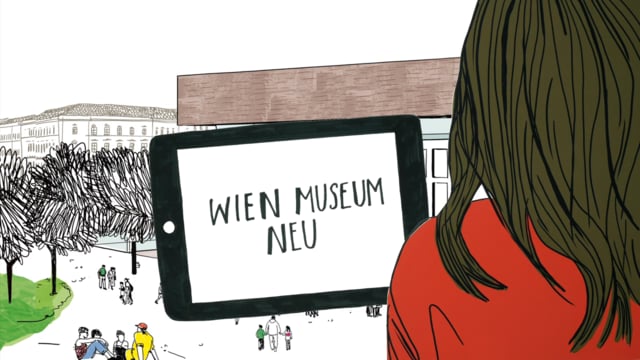
WIEN MUSEUM NEU
30. October 2018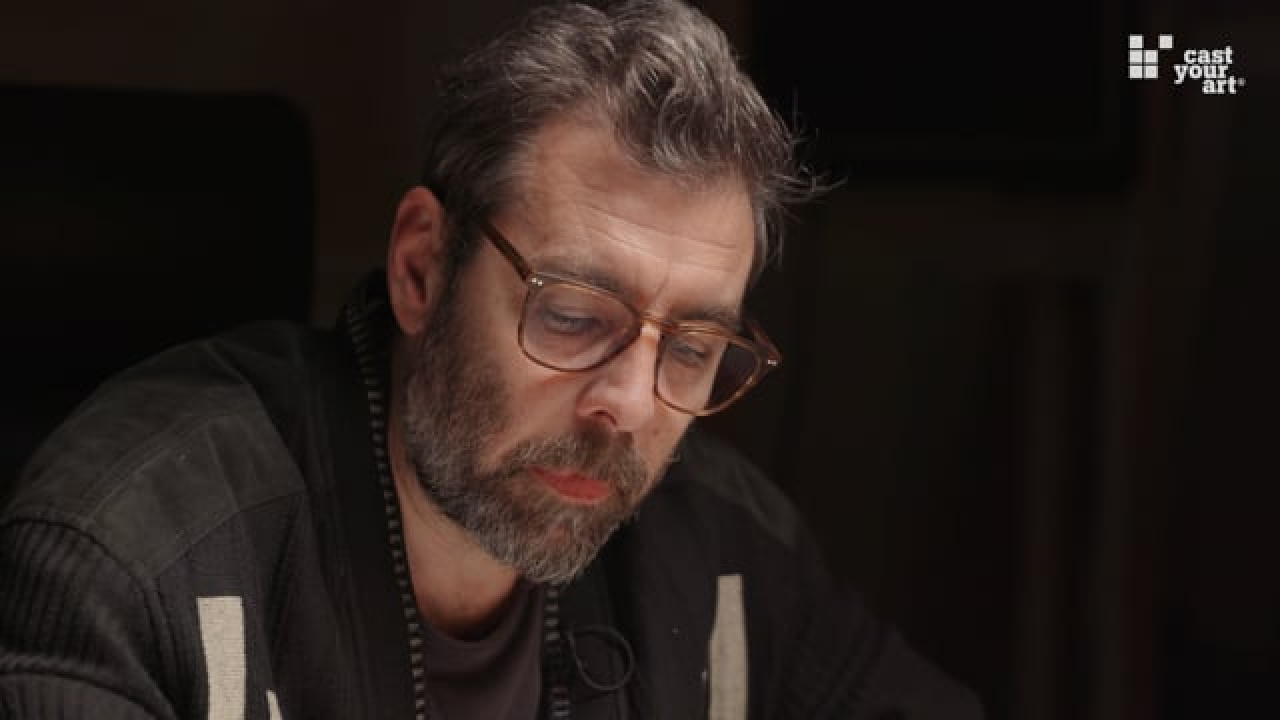
ALDO GIANNOTTI. Museum of Constructs. In Collaboration with Karin Pauer
21. June 2024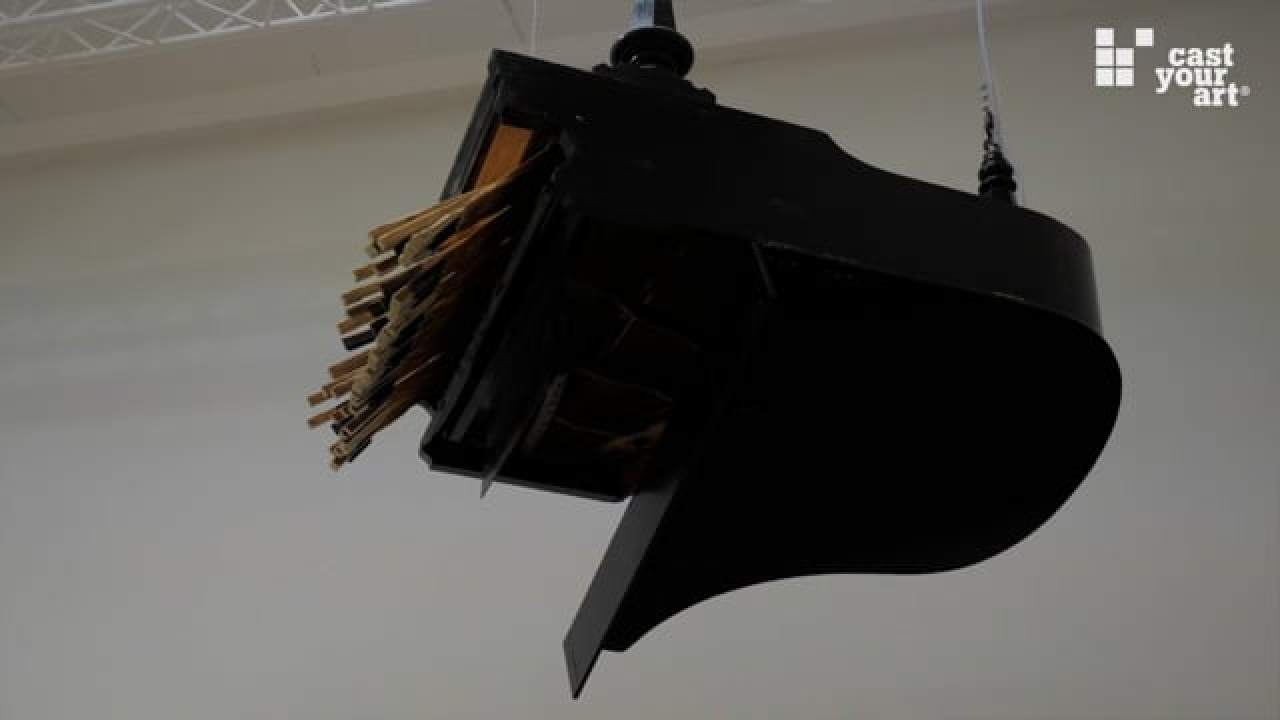
REBECCA HORN
28. October 2021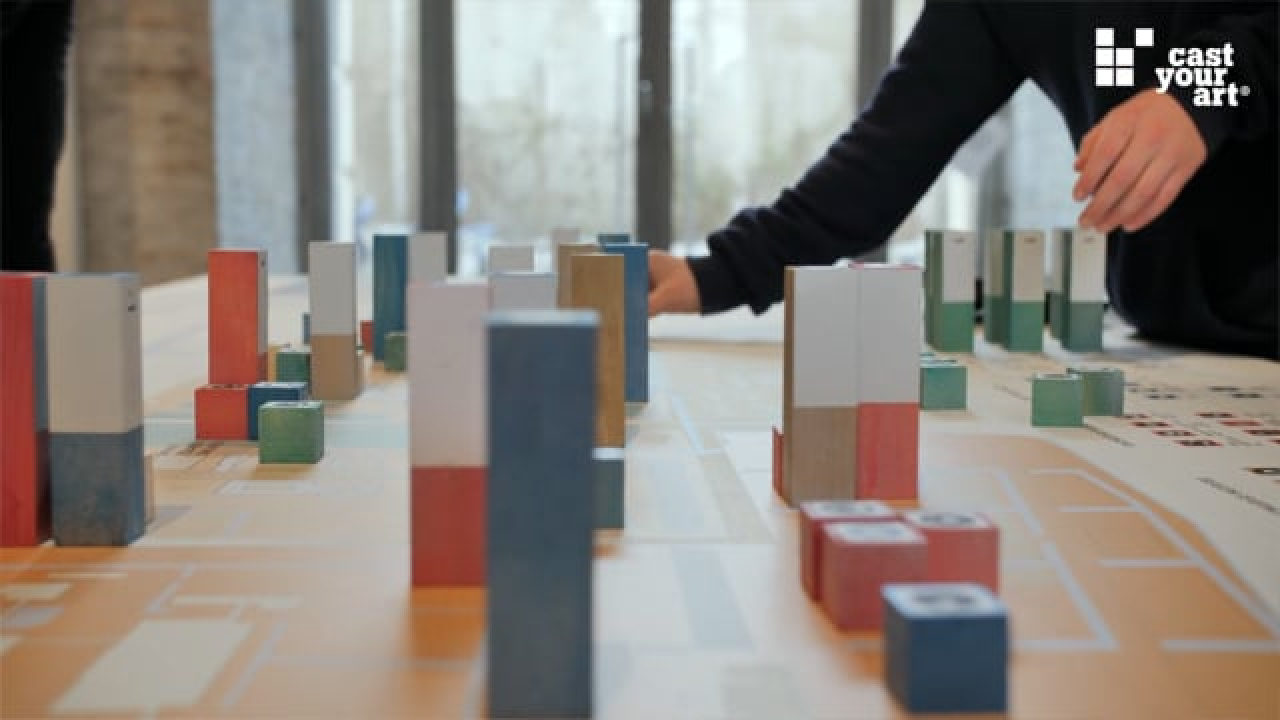
SERIOUS FUN. Architecture & Games
5. April 2022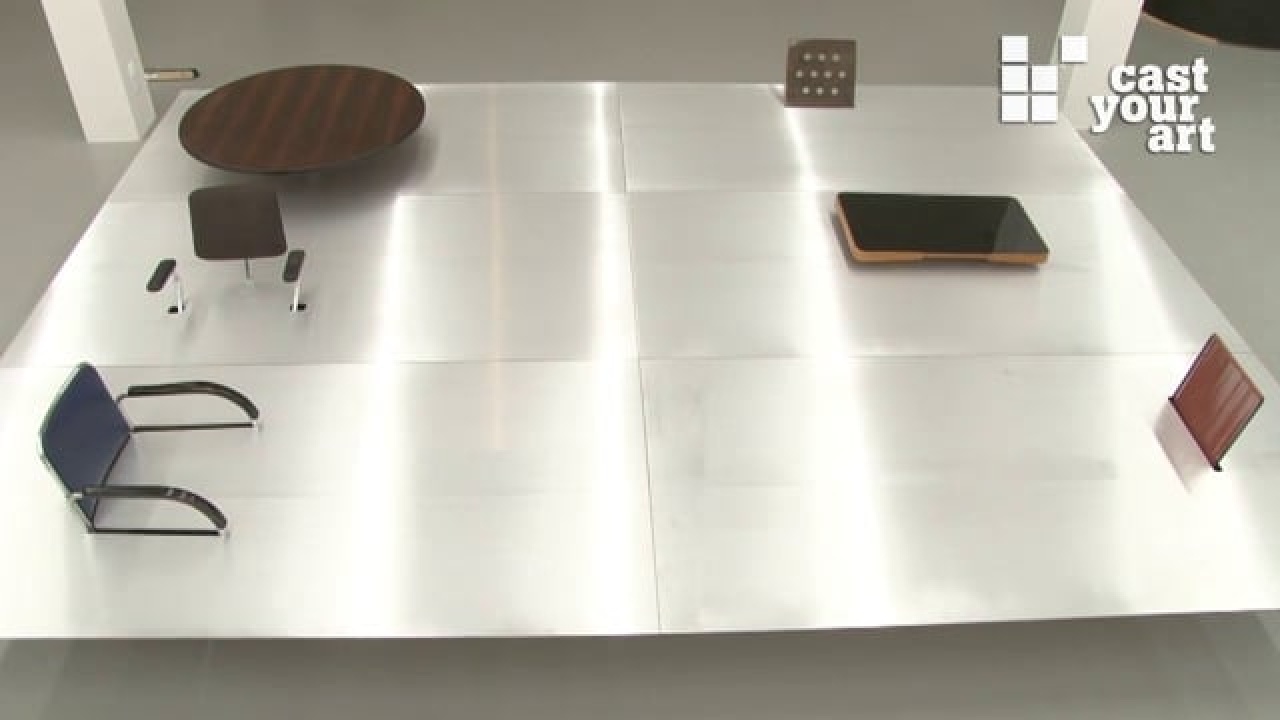
Hans Kupelwieser - Reflections
28. September 2012